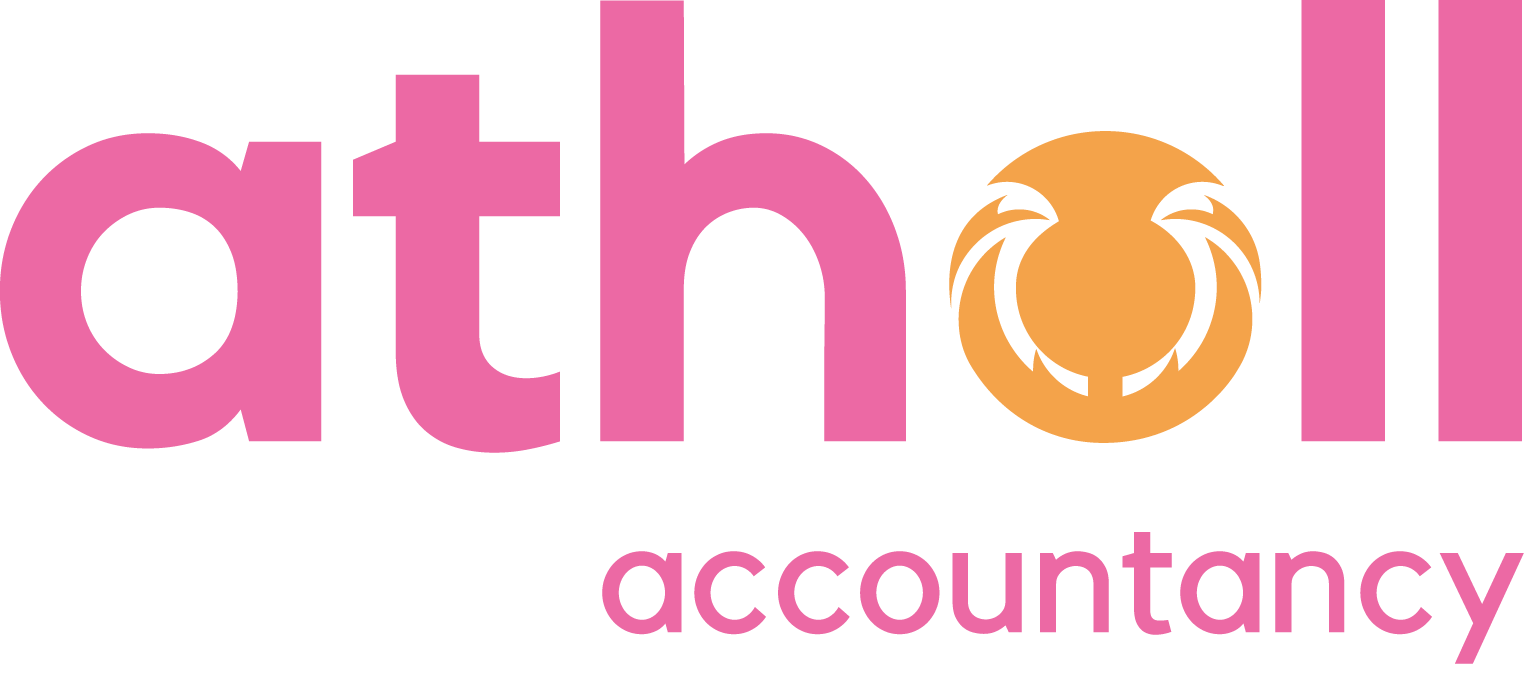Good cashflow management is vital for your business. An alarming number of businesses fail due to poor cashflow management, so ensuring this is addressed is crucial - a detailed cashflow forecast is an efficient way to do this.
Every company that aims to prosper needs regular budgeting, however, there's more to budgeting than just keeping the company afloat. An accurate forecast will provide reliable predictions that can be used to plan for future funding, acquisitions, and consolidations. It will also present warnings in advance and help the company achieve steady growth. To reap all of these benefits, the company will have to prepare the cashflow forecast strategically. Here are the three steps to do just that......
Step 1 - Decide on the period the forecast will cover
When preparing a cashflow forecast, the first thing is to determine if the forecast will be annual, quarterly, monthly, or weekly. Naturally, it's best to plan as far ahead as possible, but short-term forecasting has its merits as well. That’s why most companies have both a short-term and a long-term forecast. Keep in mind that cashflow forecasts rely heavily on past data, so the predictions will depend on how long a company has been in business. New companies might find it hard, or impossible to create a long-term forecast, but that shouldn't be a problem. Plans can be updated according to changing circumstances, and they should be adjusted once it's possible to get better estimates.
Step 2 - Formulate the underlying assumptions
Several assumptions drive cashflow forecasts, they concern market trends and the way pricing might change in a given period. The more accurate your assumptions are, the more reliable your forecast will be.
Experienced companies will be able to form reasonable suppositions from past performance, while relevant publications and customer or supplier feedback will be precious to both established and new businesses.
The most important assumptions that serve as a basis for cashflow forecast are:
● Changes in prices, their timing and volume
● Estimated sales growth
● Seasonal changes in the market
● Increases in Consumer Price Index (CPI)
● Internal wage increases
Step 3 - Prepare an estimate for income and expenses
This step depends on how long the business has been active.
Existing companies that have been around for some time should first formulate an income estimate based on previous years’ figures. After that, adjustments can be made to compensate for known trends based on periods of typical sales increase or decrease.
As for a new business, it would be wise to start on the other end - estimating the expenses. But in this regard, it's best to err on the side of caution. Figures should always be rounded up and the highest expenses should be considered. Building generous safety margins into the forecasts could shield a new company from unexpected fluctuations and turmoil.
A good plan makes a great business
Working meticulously on a cashflow forecast will bring an immense future payoff. If you can formulate a plan that meaningfully predicts the cashflow, you'll be able to ensure your company's survival and growth.
Take the time to work out a dependable forecast and set your business on the right path.
